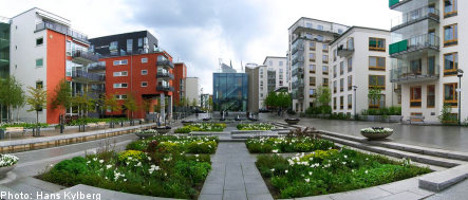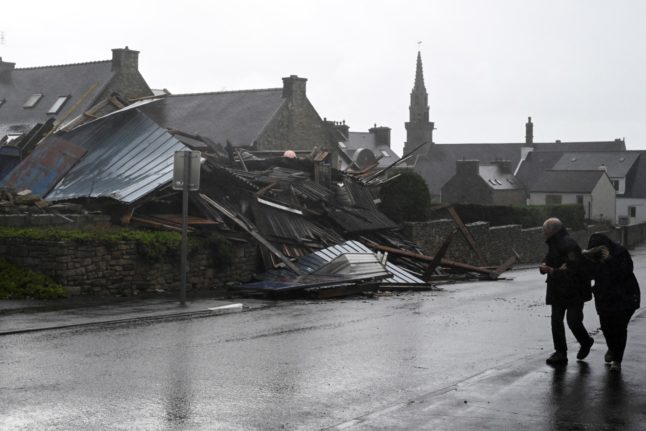But according to Peter Pütsep, CEO of real estate agents Svensk Fastighetsförmedling, it is too early to tell if this is a season-based drop or a lasting trend of the market.
“It is a drop, but we tend to be careful when we are talking about a single month during the summer. We’ll see in a month or so where we are heading,” he said to news agency TT.
The drop seems to have affected Malmö, in the south, worst, with flat prices down 9 percent between May and June.
But according to Pütsep this is normal, with fluctuations more violent there than in larger cities like Gothenburg or Stockholm, partly because there are less flats but also because newly built properties can affect the market prices.
In central Stockholm and central Gothenburg prices fell by 2 percent in the same period.
How the market will develop in the near future is hard to predict, according to Pütsep.
Many factors could affect prices, including the rising interest rates, the mortgage cap and the financial development. There are also growing clouds on the horizon in the shape of the mounting debt in Europe and the US.
When the market seems unstable many customers tend to wait and see what happens, and according to Pütsep realtors across the country have noticed that it takes longer to sell than previous months.
The number of flats sold during the second quarter of 2011 was 17,156, approximately 1,100 less than the same periods last year. 11,241 detached houses were sold in the same time, a rise by 600 compared to last year.



 Please whitelist us to continue reading.
Please whitelist us to continue reading.
Member comments